Leopards (Panthera pardus) are one of the most captivating and elusive members of the Felidae family, as well as The big 5 of Africa. Known for their exceptional beauty, incredible athleticism, and stealthy nature, leopards have fascinated humans for centuries. Learn about the various aspects concerning leopards, including their physical characteristics, habitat, behavior, diet, conservation status, and their interactions with humans.
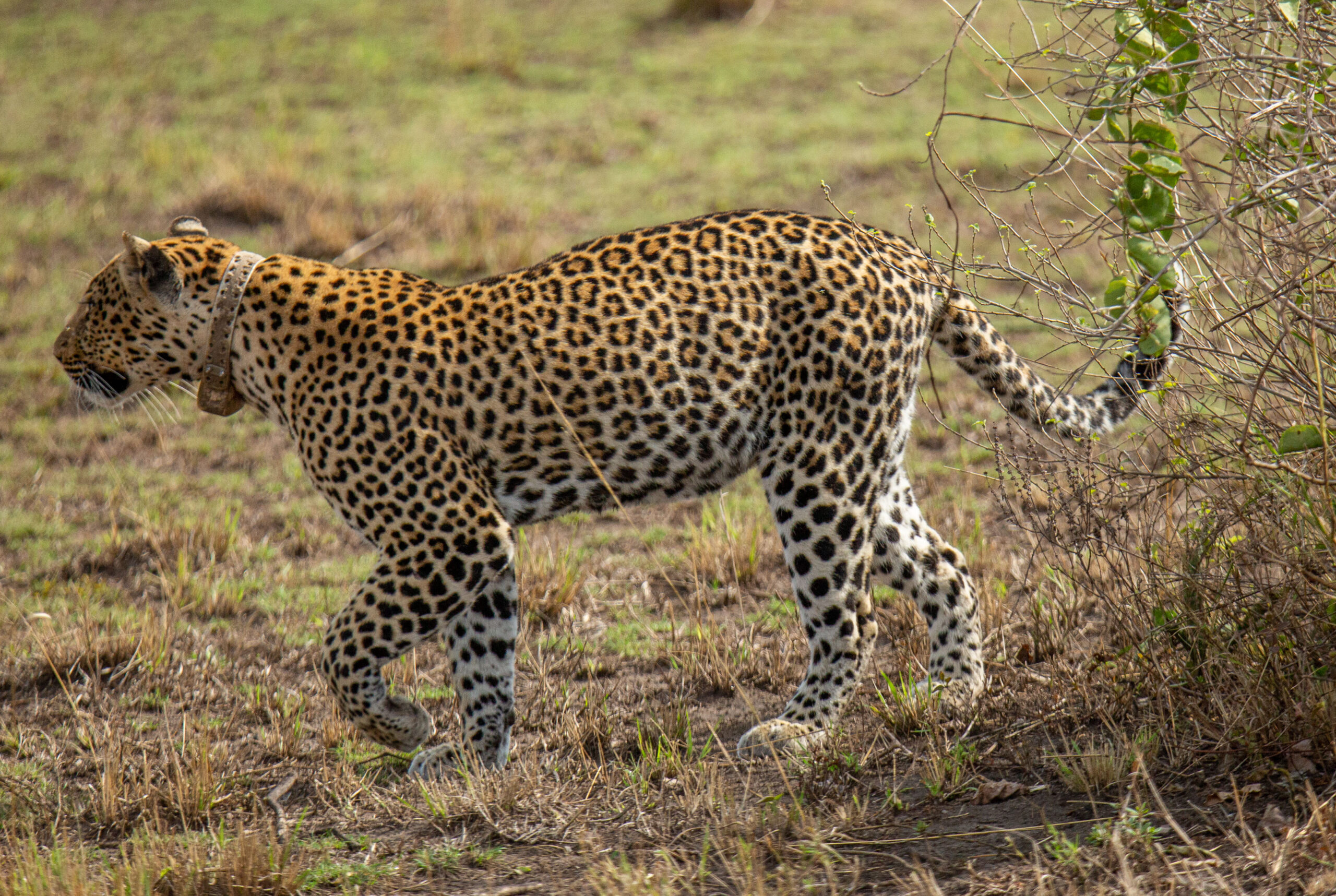
-
Physical Characteristics
Leopards are medium-sized big cats, characterized by their powerful build and distinctive coat pattern. They have a compact body, strong limbs, and a relatively large head. On average, male leopards weigh between 80 to 200 pounds (36 to 91 kg), while females weigh slightly less, ranging from 60 to 130 pounds (27 to 59 kg). Their body length varies from 3.5 to 6.5 feet (1.1 to 2 meters), with an additional 2.5 to 3.5 feet (0.76 to 1 meter) for their tail.
Their iconic coat pattern consists of a golden-yellow base coat adorned with black rosettes and spots. The rosettes, which resemble roses, are larger and more spaced-out compared to those of other spotted cats like cheetahs or jaguars. Leopards with melanism, known as black panthers, have a striking all-black coat due to a genetic variation.
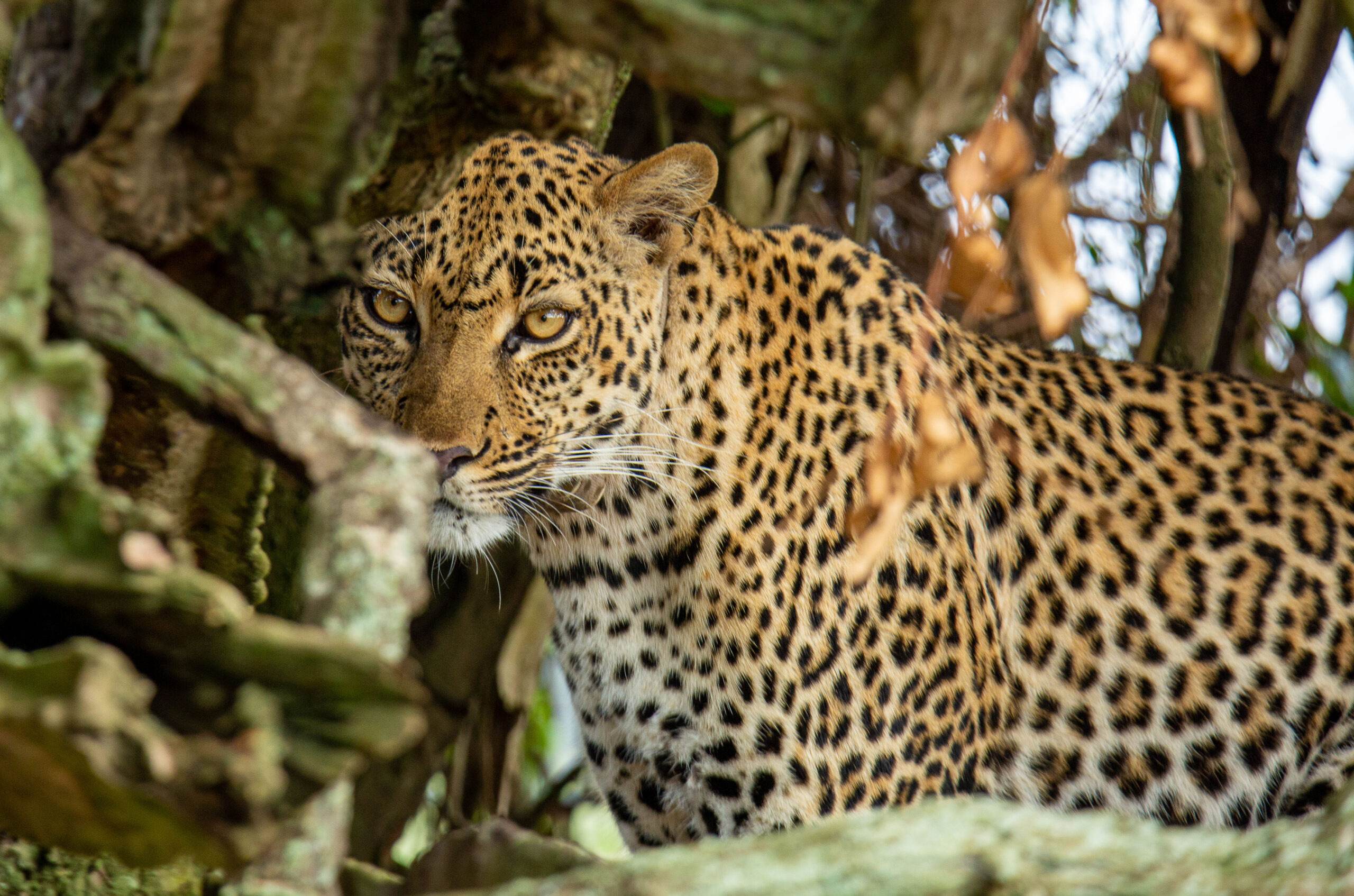
-
Habitat
The Leopards exhibit an incredibly wide distribution across Africa and parts of Asia, including India, Sri Lanka, China, Southeast Asia, and the Middle East. Within these regions, they occupy diverse habitats such as savannas, grasslands, rainforests, mountains, and deserts. This adaptability is one of the reasons for their success as a species, as they can thrive in various environments.
Some of the popular destinations for leopards include;
- Murchison Falls National Park
- Queen Elizabeth National Park
- Masai Mara National Reserve
- Kidepo Valley National Park
- Serengeti National Park
- Amboseli National Park
- Tsavo East National Park
- Tsavo West National Park
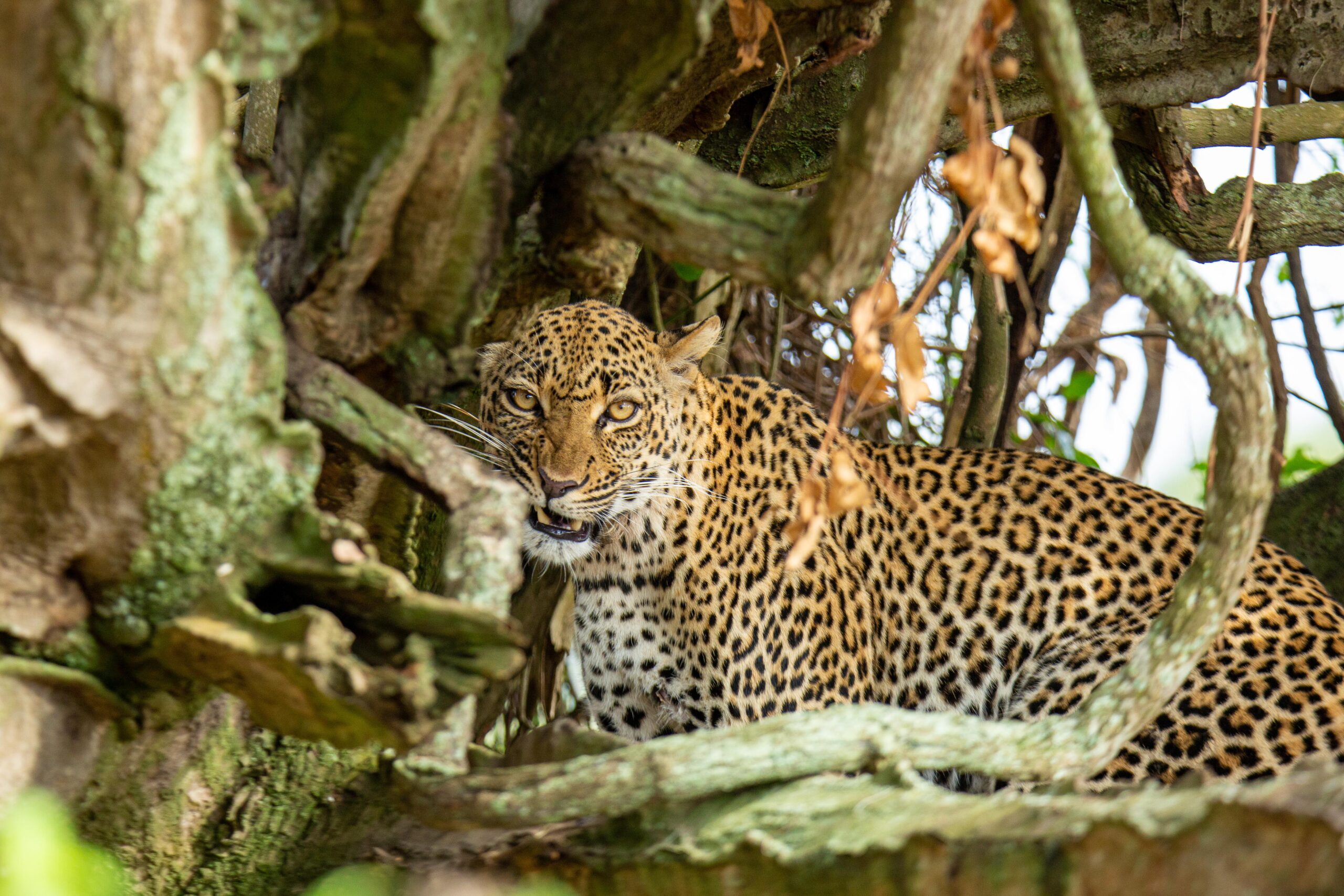
-
Behavior
Leopards are solitary and primarily nocturnal animals, which makes them challenging to observe in the wild. They are masters of stealth and ambush, relying on their exceptional vision and agility to stalk and capture prey. Additionally, leopards are skilled climbers and often hoist their kills into trees to avoid scavengers like hyenas and lions.
These cats have relatively large home ranges to support their solitary lifestyle. Males typically have larger territories that can overlap with several female territories. They use scent markings and vocalizations to communicate with other leopards and establish their territory.
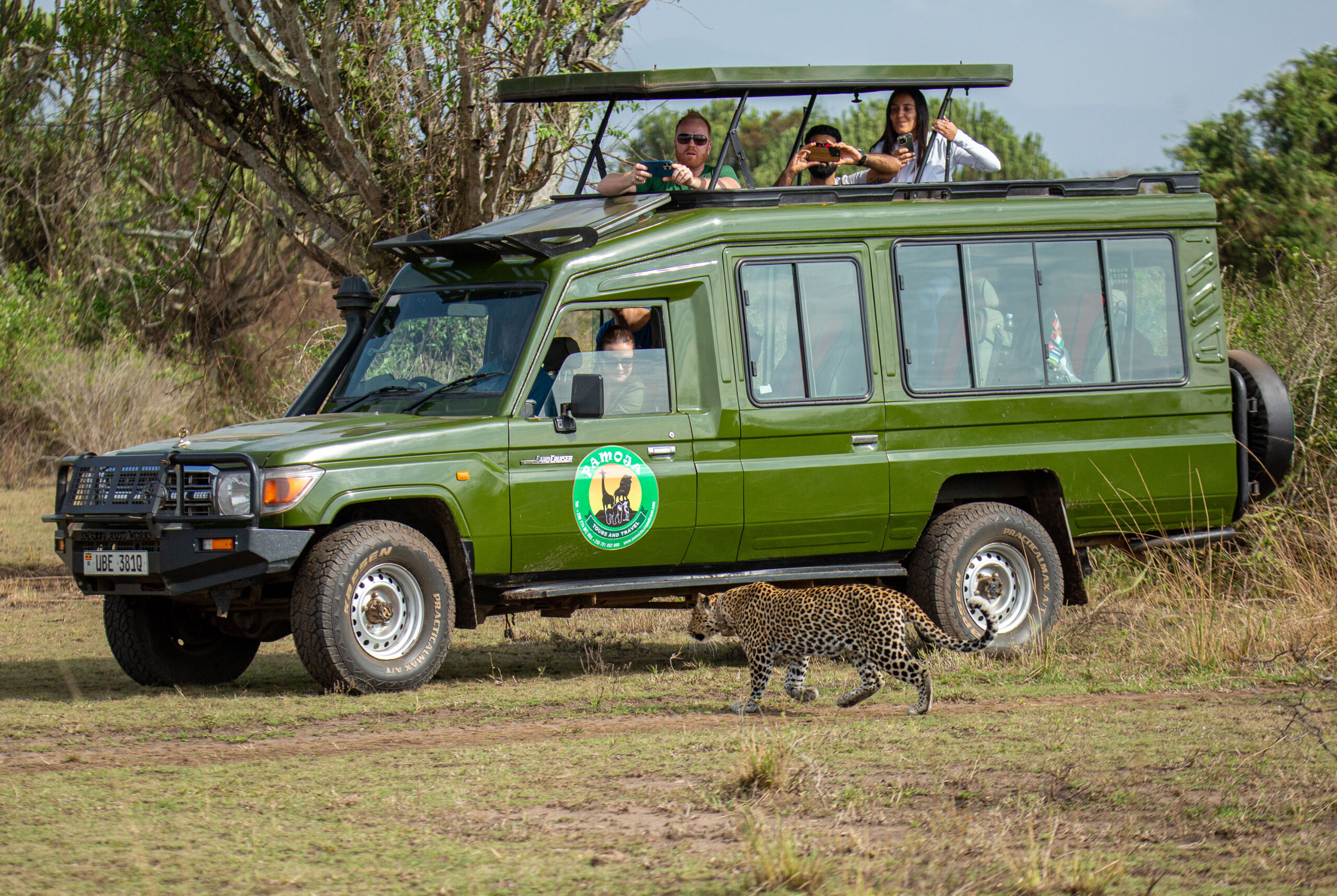
-
Diet
As opportunistic carnivores, leopards have a diverse diet, allowing them to thrive in different habitats. Their prey includes small to medium-sized mammals like antelope, deer, wild boar, and monkeys. In certain regions, they may also target livestock, leading to conflicts with local communities.
Leopards are ambush predators, often relying on the element of surprise to make a successful kill. With an incredible burst of speed and power, they can pounce on prey from a concealed position, making them highly effective hunters.
-
Conservation Status
Despite their adaptability and wide distribution, leopards face numerous threats that have led to population declines and localized extinctions. Habitat loss due to human encroachment, deforestation, and agricultural expansion are major challenges. Additionally, poaching for their beautiful coats, body parts used in traditional medicine, and conflict with humans due to livestock predation contribute to their decline.
The International Union for Conservation of Nature (IUCN) classifies leopards as “Vulnerable,” reflecting their precarious status in the wild. Conservation efforts focusing on protecting their habitats, mitigating human-wildlife conflict, and addressing illegal poaching are crucial to their survival.
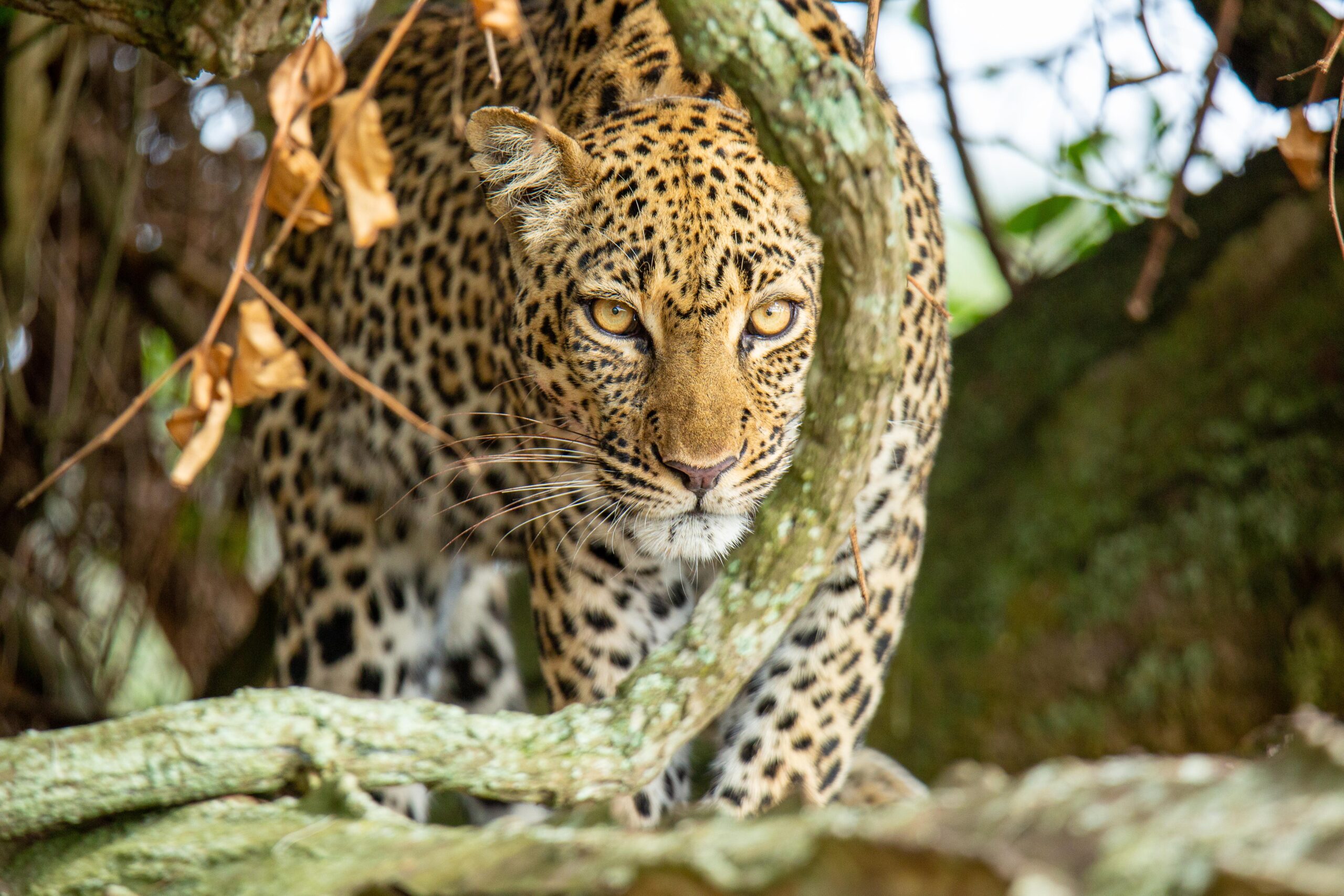
-
Interactions with Humans
Leopards have a complex relationship with humans, as they often overlap in their habitats. In some cultures, leopards hold symbolic and spiritual significance. However, they also have a reputation as dangerous predators, leading to fear and persecution. Human-leopard conflicts arise when leopards venture into human settlements in search of easy prey or due to habitat encroachment.
Conservationists and wildlife organizations work to promote coexistence by implementing measures such as better livestock protection, community education, and establishing protected areas.
Conclusion
Leopards remain one of the most enigmatic and awe-inspiring creatures in the animal kingdom. Their unmatched beauty, exceptional hunting prowess, and adaptability to various environments make them a symbol of strength and resilience. However, their survival is threatened by human activities and conflicts. By understanding and valuing these magnificent big cats, we can ensure their continued existence and the preservation of Earth’s rich biodiversity.







